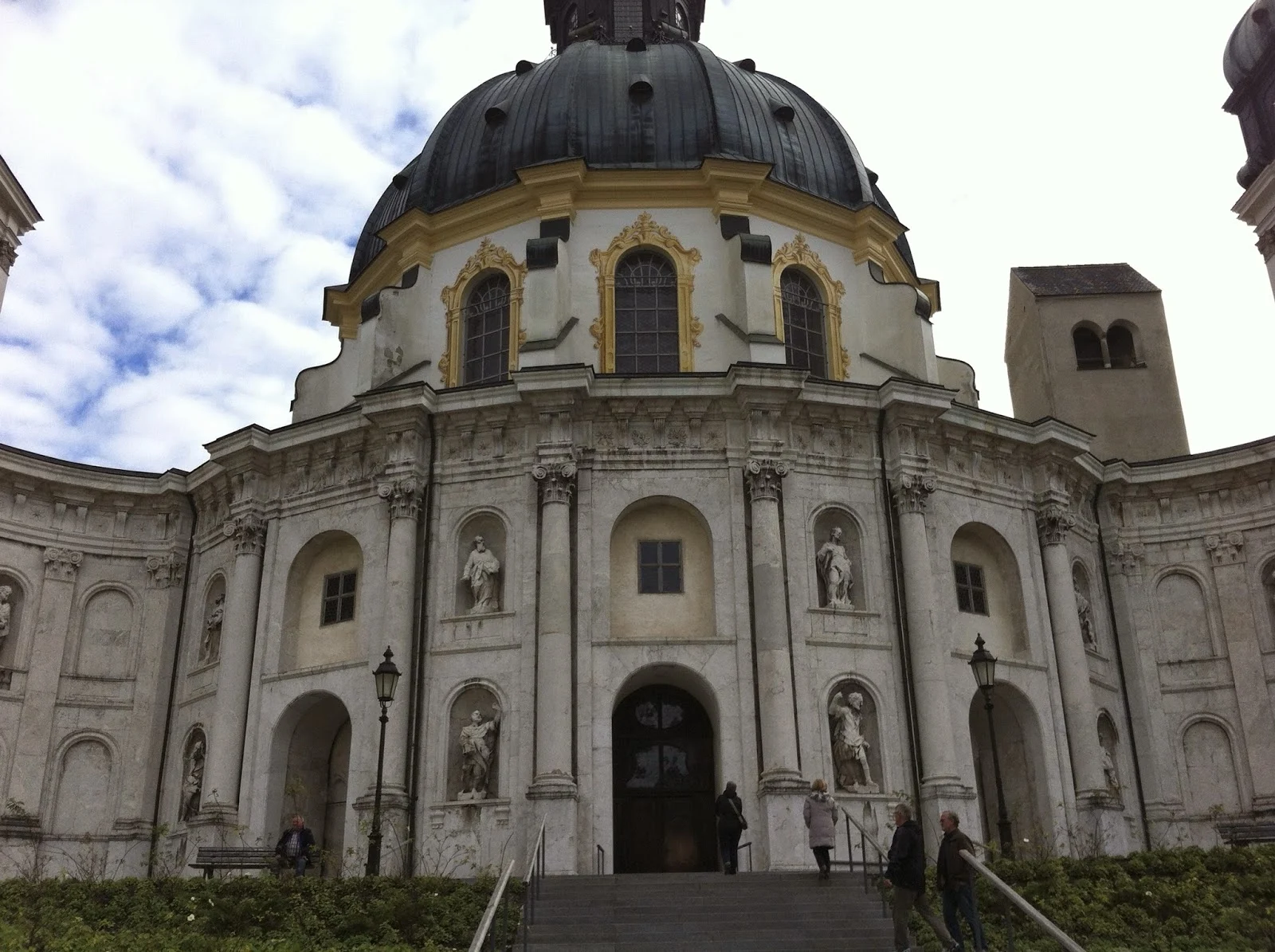Visiting the Hanseatic Trading Town of Bremen, Germany with Savvy Mom Ruth Paget
“The Only Good System is a Sound System,” reads the graffiti
on a bridge overpass leading into Bremen, Germany.
Right beneath it is another line that reads, “The Best
Nation is the Imagination.” Both
sentences are written in English, which attest to Bremen’s trade links with
England that reach back to the Middle Ages when it was part of the Hanseatic
League. This League was a confederation
of northern German towns that held a monopoly on trade with England, the Netherlands,
and the Baltic Sea countries, particularly Russia.
Trouble came to the Hanseatic League from Denmark and
Norway, who wanted the League’s riches and trade. In Forces
of the Hanseatic League: 13th to 15th Centuries
(Men-at-Arms), author David Neville writes that Denmark and Norway practiced
piracy and invaded to obtain the League’s wealth.
The Hanseatic League’s fortunes began to wane as different
maritime routes and trade patterns emerged.
According to the Encyclopedia
Britannica’s “Hanseatic League” online entry, “new maritime connections
between the Baltic and the Mediterranean Seas and between the Old World and the
Americas caused a gradual diversion of trade westward to the Great Atlantic
Ports.”
The Hanseatic towns are still important commercial centers
in Germany. Drivers from Hanseatic towns
have license plates that begin with an “H” to distinguish them from the rest of
those in Germany. “HB” stands for “Hansa
Bremen.” “HH” stands for “Hansa Hamburg.” “HL” stands for “Hansa Lübeck.”
Modern-day Bremen continues to benefit from its historical
importance. The town’s rathaus (city hall) and Roland Statue
are both listed as UNESCO World Heritage Sites.
Bremen reminds me of Brussels with its triangular, stepped façade
on many of its buildings. The main
difference between the two cities is that Brussels has a Catholic majority and
Bremen has a Protestant majority. The
St. Petri Don (St. Peter’s Cathedral) is Protestant now not Catholic.
According to Bremen’s tourism website, the Roland Statue
that was erected in 1404 is the city’s “Statue of Liberty.” Roland is the epitome of a medieval knight
protecting the freedom and independence of Bremen. The span between the statue’s knees also
represents an “elle,” or historical unit of measure used in the city.
My favorite statue on the Marktplatz (Market Square) is the
Stadtmusikkanten (Bremen Town Musicians).
This statue of a donkey, dog, cat, and rooster refers to the fairy tale
of the Bremen Town Musicians as told to the Brothers Grimm. When I was a youth services librarian, I
often read this story to children and parents along with Leo Lionni’s Swimmy.
This fairy tale relates how the donkey, dog, cat, and
rooster had outlived their usefulness on farms.
The rooster was even destined for the cooking pot. They all set out for Bremen to be
musicians. (Busking still happens in
Bremen.) Outside town, they find a robbers’
house with robbers in it ready to eat a big meal. The animals make a lot of noise braying,
barking, screeching, and crowing; they scare the robbers away and eat their
meal. I always had the children and
parents provide sound effects for this part of the book that I was reading.
I will not tell the rest of the fairy tale after this
part. However, rest assured that the
animals used the talents and wits to live well happily ever after. I will always consider Bremen a charming and
clever town for this fairy town.
Photos of Bremen’s Rathaus, St. Petri Dom, and the
Stadtmusikkanten Statue follow:
 |
| Laurent Paget Photography |
 |
| Laurent Paget Photography |
 |
| Laurent Paget Photography |
 |
| Ruth Paget Selfie |

















